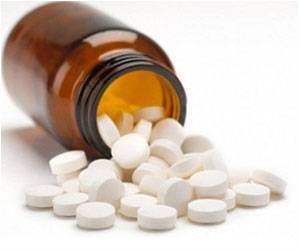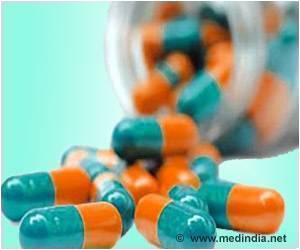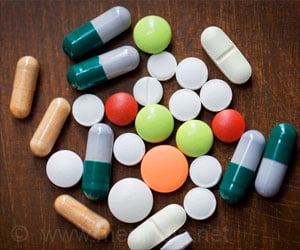A report concludes that consumers are facing a growing risk of getting counterfeit drugs because of rising Internet sales of medical drugs.
A report issued recently concludes that consumers are facing a growing risk of getting counterfeit drugs because of rising Internet sales of medical drugs, projected to reach upwards of $75 billion by 2010.
The report calls for stronger enforcement legislation than current proposals in Congress.Counterfeit drugs get into the U.S. through different sources, but those through illegitimate Internet sites are of special concern, says report author Francis Palumbo, PhD, executive director of the School’s Center on Drugs and Public Policy at the University of Maryland, Baltimore.
“When consumers buy from those, it is definitely buyer beware. They are often not licensed anywhere we are aware of,” says Palumbo. He says the U.S. Food and Drug Administration (FDA) “has been pulling its hair out over the years trying to deal with rogue Internet sites, the terminology they [FDA] use.”
The report, “Policy Implications of Drug Importation,” published in the journal Clinical Therapeutics, tracks the growing “challenge” to U.S. drug regulators and pharmaceutical companies from the growth of imported drugs. The report also addresses the national debate over drug importation policies.
Personal drug importing used to be just a way for patients to continue therapy with medications that were not available in the U.S. and when all other options were exhausted, the report says. But the practice has changed because of pressure of high costs of branded drugs in this country and the desire of patients to find cheaper alternatives.
During the past 10 years, many people have been importing prescription drugs that were available for purchase in the U.S. and justifying the foreign purchases on the FDA’s policy of personal use exemption. “The policy was never intended to allow this practice to be institutionalized,” the report says. And it concludes that both FDA and U.S. Customs officials can’t handle the volume entering the country.
Advertisement
The FDA also cooperates with other countries to try to stem the tide of illegal Internet sites that ship drugs to the U.S. See: www.fda.gov/buyonline/. Ilisa Bernstein, PharmD, FDA’s director of pharmacy affairs, says, “When we do hear about an incident…,we follow up. But to stop it entirely would be difficult.”
Advertisement
More than 50 percent of Internet drug outlets, which conceal an actual address, have counterfeit drugs, according to the World Health Organization. Counterfeit drug sales are increasing at nearly twice the rate of legitimate drug sales and may expand to a $75 billion industry globally by 2010, according to the nonprofit Center for Medicine in the Public Interest.
Meanwhile some states have taken steps including legislation to “tighten up distribution,” Palumbo said. “There is still a long way to go with this wholesaler issue,” he continues. And because there are some 6,000 pharmaceutical wholesalers operating in the U.S., “there are places where there is vulnerability, where counterfeit products might move beyond the stream of commerce.”
Within the U.S., counterfeiting of drugs is likely “quite low,” he says. Internet sales are generally from foreign pharmacies that may not primarily serve the citizens of their country—enabling them to avoid the standards their government requires for drug manufacturing and safety, concluded a 2004 report by the U.S. Department of Health and Human Services.
Also, some pharmacy chains have decided to work only through primary wholesalers and required them to have accreditation from organizations such as the National Association of Boards of Pharmacy (NABP), and other qualifications, to show that they have not purchased from questionable sources. Palumbo says, “This is a major step forward.”
Bernstein says recent FDA studies show is that 50 percent of people buying online get generic drugs "which tells us people are perhaps bypassing their doctors. That is very dangerous.”
Source-Newswise
SRM








